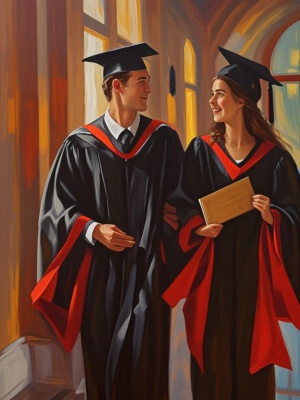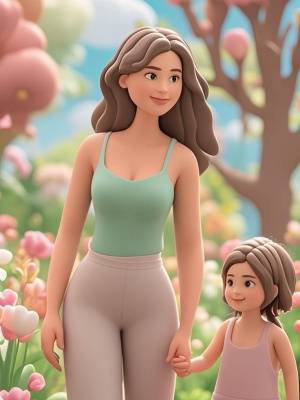The Art of Creating Watercolor Paintings from Photos
Introduction: Bringing Photos to Life with Watercolors
Watercolor painting from photos is a fascinating artistic process that combines photographic realism with the expressive qualities of watercolor. This technique allows artists to capture special moments, landscapes, or portraits while adding their unique artistic interpretation. Whether you're a beginner or an experienced artist, learning to create watercolor paintings from photos opens up new creative possibilities.
In our gallery, you can find inspiring examples of how photos can be transformed into beautiful watercolor artworks. The medium's fluidity and transparency create effects that are difficult to achieve with other painting techniques.

Essential Materials for Watercolor Painting from Photos
Choosing the Right Supplies
To start your watercolor journey, you'll need quality materials:

- Professional-grade watercolor paints (artist quality preferred)
- Watercolor paper (140lb cold-pressed is most versatile)
- Selection of round and flat brushes in various sizes
- Graphite pencil for initial sketching
- Kneaded eraser for lightening pencil lines

Preparing Your Photo Reference
Selecting the right photo is crucial for successful watercolor painting. Look for images with:
- Clear composition and focal point
- Interesting light and shadow patterns
- Emotional resonance or personal meaning
- Good contrast without being overly complex
Step-by-Step Process for Painting from Photos
1. Composition and Sketching
Begin by analyzing your photo's composition. You may need to simplify or adjust elements to create a stronger painting. Lightly sketch the main shapes on your watercolor paper, focusing on proportions and placement rather than details.
2. Establishing Values
Watercolor painting relies heavily on value structure. Create a value study by identifying:
- The lightest lights (often left as white paper)
- Mid-tones that define form
- Darkest accents that create contrast
3. Layering Colors
Watercolor's magic happens in layers. Start with light washes, gradually building intensity. Remember that watercolors dry lighter, so test colors on scrap paper first. Our AI painting guide offers additional tips on color mixing and application.
Common Challenges and Solutions
| Challenge | Solution |
|---|---|
| Overworking the painting | Work quickly and confidently, letting the watercolor flow naturally |
| Muddy colors | Limit color mixing to 2-3 pigments and let layers dry completely |
| Losing the white of the paper | Plan highlights in advance or use masking fluid |
Digital Tools for Watercolor Painting
Modern artists can combine traditional techniques with digital tools. Apps like Adobe Fresco simulate watercolor behavior remarkably well. For those interested in AI-assisted art creation, explore our AI art guide for innovative approaches.
Conclusion: Developing Your Unique Watercolor Style
Creating watercolor paintings from photos is a rewarding practice that develops both technical skills and artistic vision. As you progress, you'll find your personal style emerging - perhaps favoring loose, expressive washes or detailed, controlled applications. Remember that even professional artists continually learn and experiment.
For more inspiration, visit our landscape scenes collection, featuring beautiful examples of photo-to-watercolor transformations. The journey from photo to painting is as unique as each artist - embrace the process and enjoy the creative exploration.